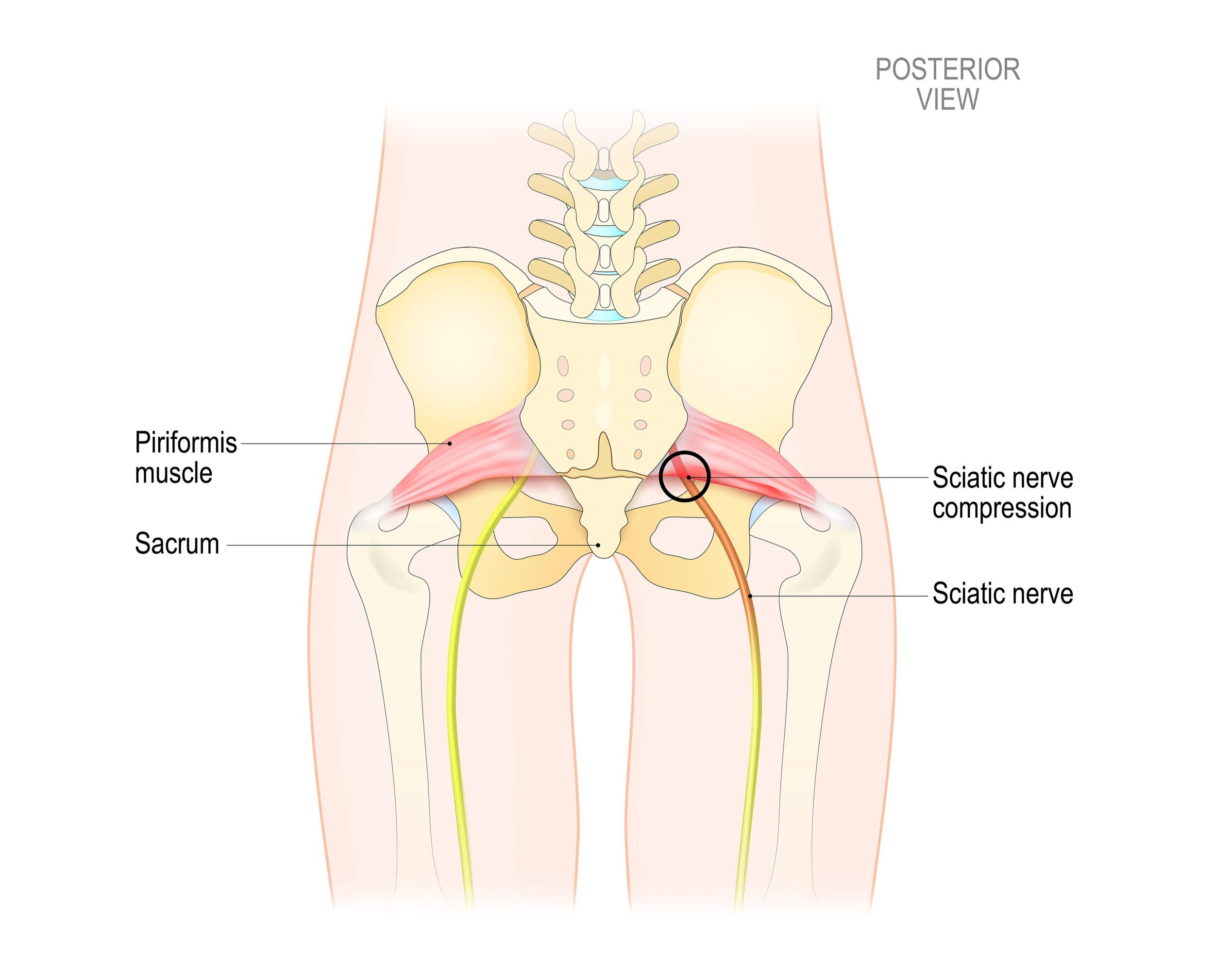As physios, we see bodies differently than most people. This is a good thing - you want your body specialist to see beyond the obvious! But what is often obvious to us is a mystery to others.
You may have heard one of us talking about the “kinetic chain”, a concept borrowed from the engineering world and repackaged for health care. The basic idea is the movement in one joint will create and affect the movement of the next joint, and so on. If your pain is in your elbow, we would be doing you a disservice if we didn’t also look at your wrist, shoulder, neck and upper back as well.
The kinetic chain is a big reason why one-size-fits-all approaches don’t work.
We don’t tell you to simply Google your symptoms and treat yourself. One person’s treatment approach for sciatica will be completely different than the next. My grandma’s elbow pain often has a completely different cause than my daughter’s elbow pain, even if they are in the same spot. Looking at the body as a whole is imperative to proper treatment.
A Case Study in Kinetic Chains: Runner’s Knee
A great example of this is someone with runner’s knee, also known as patellofemoral syndrome (PFPS). To understand how PFPS develops, an understanding of knee biomechanics is crucial.
The patella (aka the kneecap) rides in a groove on the femur at the front of the knee and is critical for proper knee movement. The patella acts as the attachment point for ALL your quads - think of how much muscle that is! To stretch out your leg, your quads first contract and pull on the patella. The force is transmitted through the patellar tendon (or ligament, depending on who you read) and pulls on the tibia, the main bone of your lower leg. Without the patella, the amount of force required for the quads to unbend the knee is simply too great. The patella acts as a fulcrum, giving the quads a mechanical advantage.
Need a visual? Check out this fantastic video:
Muscle imbalance is one of the main causes of PFPS. The patella is held in its position by a fine balance of muscle and connective tissue. Muscles that attach to the patella directly - we’re talking about the quads here - are obviously a main focus. But there’s many more muscles to consider. Consider these two examples:
One cause of PFPS is tight calf muscles. The gastrocnemius, one of the calf muscles, attaches at the back of the leg above the knee and can have a great effect on knee function. When these muscles are too tight, people tend to walk more in a pronated foot position (see photo on the right), increasing the forces at the back of the knee and adding to the compression and irritation of tissues around the patella.
The IT band runs the length of the thigh on the outside of the leg and attaches to the outside of the patella. The gluteus maximus, the large muscle in your buttock that controls hip extension, attaches into the top of the IT band. If the glutes aren’t doing their job, you can experience knee pain even if it isn’t the source of the problem.
We don’t expect you to know the ins and outs of this - that’s our job! When you come in for a little rehab, don’t be surprised when we start checking out your other joints - you may be surprised by what we find.
If you need to see a physiotherapist, give us a call at (778) 630-8800, email us or book online. We would love to work with you!







